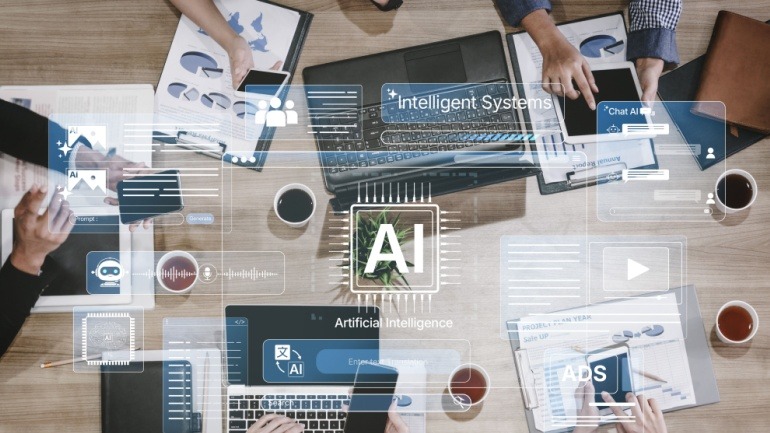In an era where artificial intelligence (AI) increasingly shapes enterprise infrastructure, Dell Technologies has experienced unprecedented demand for its AI-optimized servers. The company’s Q2 report revealed a remarkable 80% year-over-year rise in AI server revenue, reaching $3.1 billion. This surge aligns with the broader trend of enterprises fortifying their AI capabilities. Over the last four quarters, Dell has shipped over $6 billion worth of AI servers.
Dell’s Chief Operating Officer, Jeff Clarke, underscored the growing momentum by stating, “Our AI momentum accelerated in Q2, and we’ve seen an increase in the number of enterprise customers buying AI solutions each quarter.” The company’s Q2 AI-optimized server orders soared to $3.2 billion, increasing 23% compared to the previous quarter, accompanied by a $3.8 billion backlog. Clarke added that their pipeline is several multiples of the backlog, highlighting burgeoning future demand.
Dell’s overall Q2 revenue also saw an upswing, reaching $25 billion, a 9% increase from the previous year. The Infrastructure Solutions Group (ISG) set a new record with $11.6 billion in revenue, marking a 38% year-over-year growth. However, the Client Solutions Group (CSG) witnessed a 4% decline, settling at $12.4 billion, with commercial client revenue remaining flat at $10.6 billion.
Financially, Dell fared well with an operating income of $1.3 billion for the quarter, reflecting a 15% increase year-over-year. The company also generated $1.3 billion in cash flow from operations, returning $1 billion to shareholders through share repurchases and dividends. Chief Financial Officer Yvonne McGill commented, “In Q2, our combined ISG and CSG revenue was $24.1 billion, up 12% year-over-year, positioning us well for the second half of the year and beyond.”
The record-breaking numbers for AI servers underscore the critical need for powerful, optimized hardware as firms strive to enhance their AI capabilities. On the flip side, the decline in CSG revenue suggests potential challenges in the commercial client segment, emphasizing the ongoing transformation enterprises face in balancing traditional and cutting-edge technological investments.







